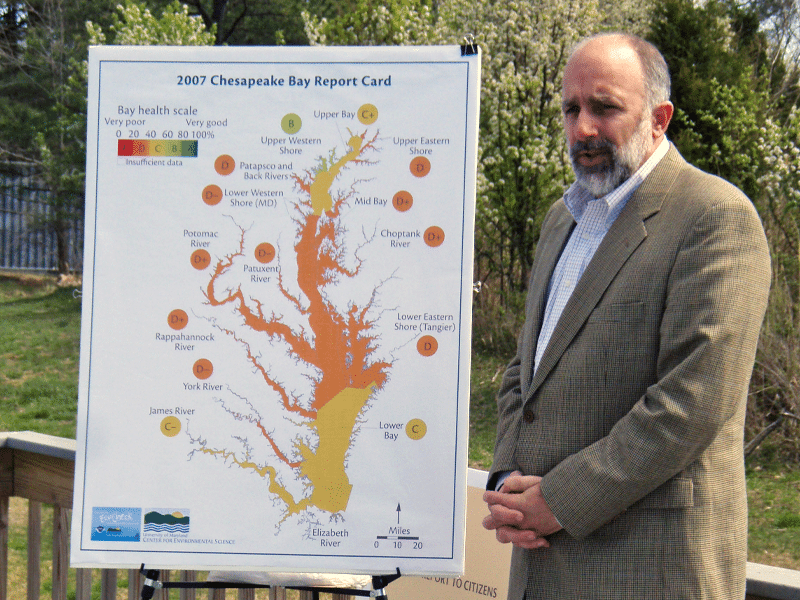1oo Stories

Moments
The Bay Gets a Grade

In 2007, UMCES Integration and Application Network released the first Chesapeake Bay Report Card. Take a look at how far we’ve come.

Moments

In 2007, UMCES Integration and Application Network released the first Chesapeake Bay Report Card. Take a look at how far we’ve come.
We use cookies to improve your experience on our site. By using our site, you consent to cookies.
Websites store cookies to enhance functionality and personalise your experience. You can manage your preferences, but blocking some cookies may impact site performance and services.
Essential cookies enable basic functions and are necessary for the proper function of the website.
Google reCAPTCHA helps protect websites from spam and abuse by verifying user interactions through challenges.
Statistics cookies collect information anonymously. This information helps us understand how visitors use our website.
Google Analytics is a powerful tool that tracks and analyzes website traffic for informed marketing decisions.
Service URL: policies.google.com

Throughout its history, UMCES has graduated hundreds of new environmental leaders. Today’s UMCES alumni are able and eager to take on the mounting challenges facing our natural world. Here’s just one example of an UMCES alum making a difference.

In 2007, UMCES Integration and Application Network released the first Chesapeake Bay Report Card. Take a look at how far we’ve come.

Longtime water quality monitoring in the Chesapeake Bay watershed revealed unintended benefits of the Clean Air Act of 1990.

The need to dispose of Baltimore ship channel dredge material created an unprecedented partnership opportunity for a 20+ year study on ecosystem restoration on the Chesapeake Bay’s Poplar Island.

Who was Reginald Truitt, founder of what would become UMCES? “IN THE SUMMER OF 1919, a brand new graduate student carried a borrowed microscope to a creek north of Solomons Island, Maryland, a knob of land near the meeting point of the Patuxent River and the Chesapeake Bay. In a cramped fisherman’s shack, he set up a makeshift laboratory, installed his microscope, and began studying oyster biology.”